Although hunting and fishing were often considered a ‘gentleman’s sport’ especially in Europe, hunting and fishing for Native Americans and Americans alike were a matter of survival. The success of the Lewis and Clark Expedition depended on the success of its hunters.
Early American Hunting
by Joseph A. Mussulman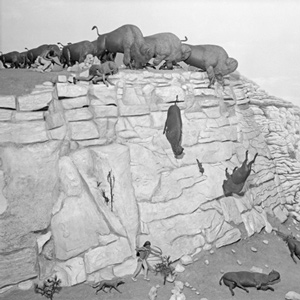

Governor William Bradford of the Massachusetts Bay Colony hired the local Indians to hunt for the colony. Early Americans later learned several hunting methods from Indians such as relaying, driving, and still hunting.
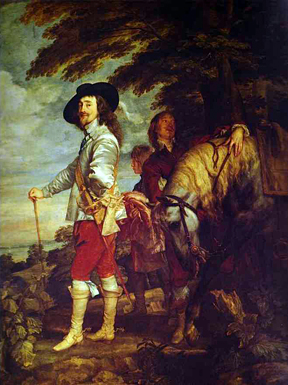

Beginning in the Late Middle Ages until the end of the nineteenth century the chase, that is, the pastime of pursuing wild animals for sport with dogs, was governed by laws promulgated by kings and queens.
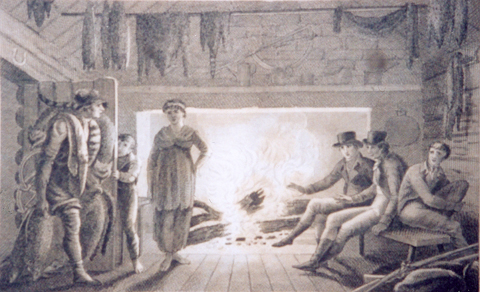

Alexander Wilson’s epic poem The Foresters, was a tediously versified 2,210-line diary of his twelve hundred mile round-trip hike from Philadelphia to Niagara Falls in the autumn of 1804.
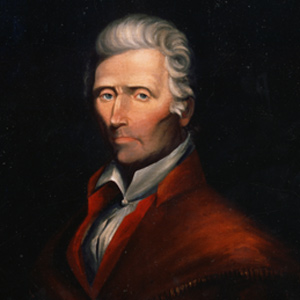

Daniel Boone was sixty-nine years old in 1803, too old to go traipsing out to the Pacific Ocean. But Lewis’s “qualifycations” suggest that Boone would have been precisely the kind of hunter he hoped to find.
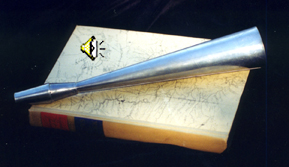

In May of 1803, Lewis bought four “tin horns”—elsewhere called “Tin blowing Trumpets” or, by Sgt. Ordway, “Sounden [Sounding] horns.” They were likely used a signals between boats and on several occasions a horn was used to call in lost hunters.
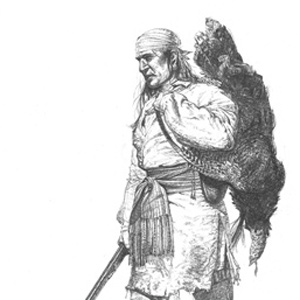

Drouillard was one of the captains’ three most valuable hands. He was also the highest paid member after the captains, he shared the Charbonneaus’ tent with the family and the captains, and he was the only man Clark seemed to call by first name in the journals.
Hunting
by Joseph A. Mussulman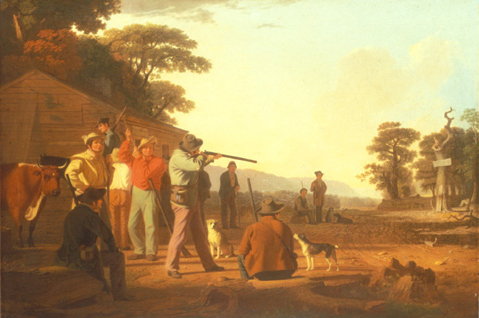

Target shooting contests were an important part of American frontier life from the late 17th century until the end of the 19th. Competition was also an important part of Lewis and Clark’s plans to hone the marksmanship of the Corps’ most promising hunters.
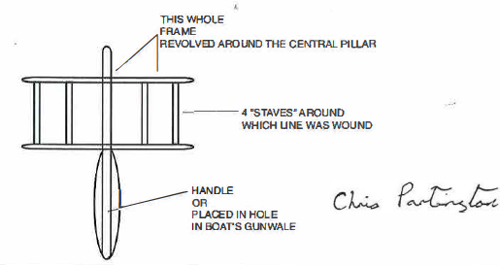

Lewis knew before embarking on his mission that there would be a pack of fish in his future. In Philadelphia in the summer of 1803, preparing for the expedition, he visited the “Old Experienced Tackle Shop” kept by George R. Lawton, a dealer in “all kinds of Fishing Tackle for the use of either Sea or River.”
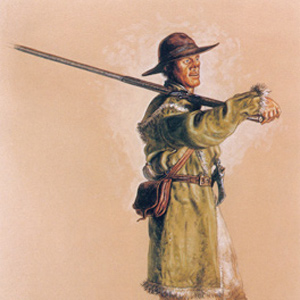

While traveling down the Ohio and wintering at Camp River Dubois, the captains searched for army recruits accustomed to the ways of the woods. If they were to survive, the expedition needed hunters.
Lost Hunters
by Joseph A. Mussulman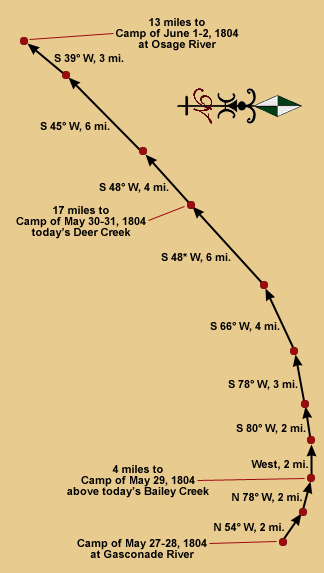

Every hunter, after following the land instead of the river, had to somehow end his day within sight or sound of the party’s camp at a location which no one could have known in advance. They were not always successful.
Harvesting the Hunt
by Joseph A. Mussulman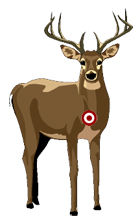

After the animal is shot, the work begins: field dressing, hauling the meat to camp, butchering, and preserving the extra meat for future meals.
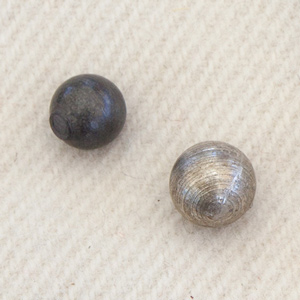

The most serious hunting mishap, and surely the most memorable episode in Lewis’s frequently referenced “chapter of accedents,” was the moment on 11 August 1806 when Pierre Cruzatte shot him in the buttocks.
Experience the Lewis and Clark Trail
The Lewis and Clark Trail Experience—our sister site at lewisandclark.travel—connects the world to people and places on the Lewis and Clark Trail.
Discover More
- The Lewis and Clark Expedition: Day by Day by Gary E. Moulton (University of Nebraska Press, 2018). The story in prose, 14 May 1804–23 September 1806.
- The Lewis and Clark Journals: An American Epic of Discovery (abridged) by Gary E. Moulton (University of Nebraska Press, 2003). Selected journal excerpts, 14 May 1804–23 September 1806.
- The Lewis and Clark Journals. by Gary E. Moulton (University of Nebraska Press, 1983–2001). The complete story in 13 volumes.

